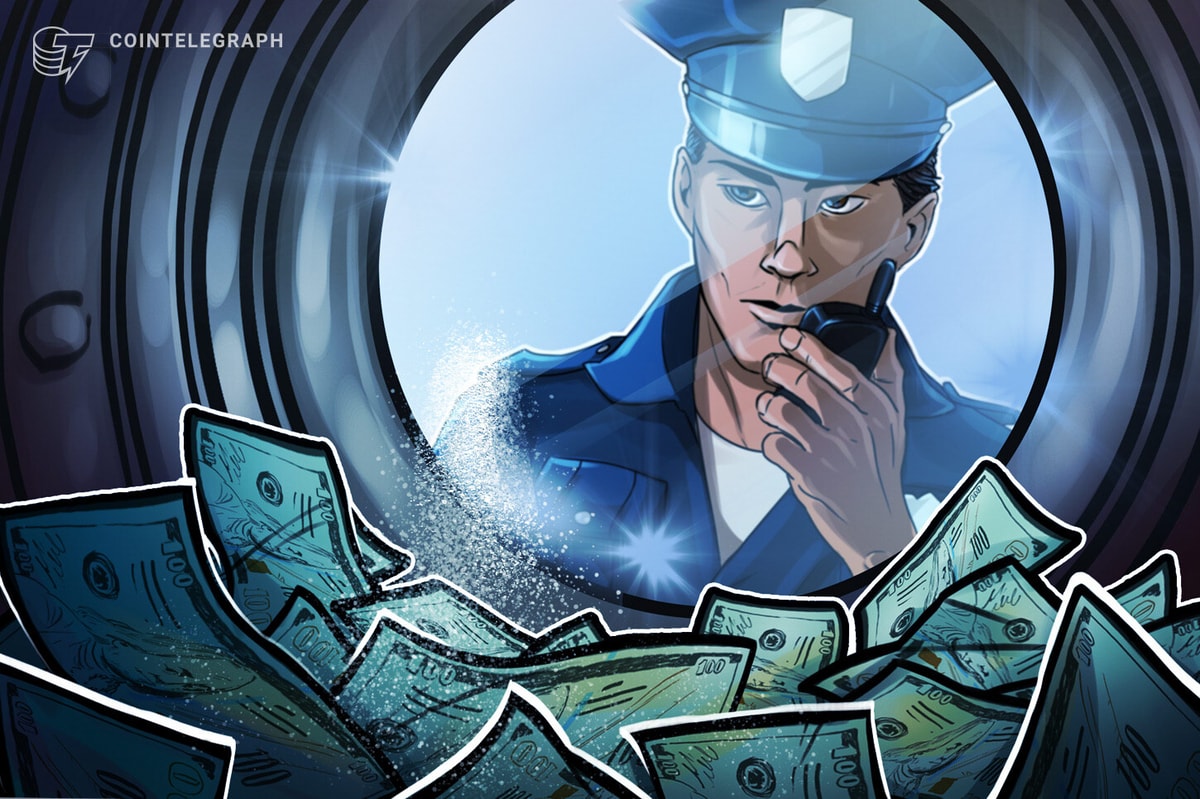- Blockchain insight firm mentioned that L1 and L2 bridges could be risky for ETH.
- The wallets provided by Optimism and Arbitrum may not be as safe as intended.
The Ethereum [ETH] blockchain, as big as it is, suffers from the challenges of scalability, efficiency, and finalizing transactions.
However, the advent of Layer-one (L1) and Layer-two (L2) came to solve these problems. But little did ETH holders know that more complications appeared as the “solutions” arrived, according to the recent Bankless newsletter.
Read Ethereum’s [ETH] Price Prediction 2023-2024
ETH may be safest on the mainnet
Tagged as “Your Crypto Is not Safe as You Think,” Bankless focused on how these L1 and L2 protocols have used ETH held by investors rather than storing the alt on the Ethereum mainnet.
Since the mainnet is the origin of decentralized blockchain, Bankless noted that there is nowhere a safer place to hold the cryptocurrency. But why? Well, the mainnet has 514,000 validators and 4655 nodes. With these structures in place, holders might be highly resistant to network attacks.
So why are holders bridging their assets to L1 protocols? Well, it is not a new development that L1 chains like BNB and Solana [SOL] offer enticing yields. So, it is “normal” for ETH holders to transfer their assets to the protocols.
However, keeping ETH on centralized cross-chain and multi-chain bridges puts it at risk. This is because the security of the asset no longer depends on the mainnet but on the bridge security and destination chain.
But not every project seems to agree with the thought. Recently, VoltInu [VOLT], the deflationary token on the Ethereum blockchain, agreed to bridge to BNB.
Voltoshi’s Message Ⅳ – A Decentralized Deflationary Adoption
44.85T #VOLT (worth $74.5M) will be burned over 5 days
Polygon listing within 2 weeks
Volted news and adoption incoming
https://t.co/58Swuqwee5
https://t.co/k6M8jGEcrf#VOLTINU $VOLT #VOLTARMY pic.twitter.com/PscSeegKtS
— Volt Inu
(@VoltInuOfficial) February 13, 2023
And several occurrences have proved that the BNB and Solana chains are prone to exploits. Besides that, ETH becomes less and less sound.
A look at the ultra Sound Money data showed that the entire Ethereum blockchain has been affected. At press time, the supply change was -25,774.75 ETH, with the metric below equilibrium.
Rollup chains still under development may not provide…
Further, Bankless admitted that the Layer-two (L2) scaling solutions like Optimism [OP] and Arbitrum might have done well with the rollup mechanism.
Realistic or not, here’s ETH’s market cap in BTC’s terms
But the fraud-proof systems of these protocols were not yet live. Hence, putting ETH holders on the chain at risk of Maximal Extractable Value (MEV) attacks.
The impact has also surfaced at times, as holders have had to pay exorbitant gas fees at some point since users were currently using a centralized block.
However, these rollup chains integrate multisig wallets which seemed to fare better than private keys. But a few hacks have proved that holders might not be able to depend on them. The newsletter pointed out,
“Unfortunately, multisig risks are far from ideal. Case in point: The $625M Ronin bridge hack and Harmony bridge’s $100M hack both stemmed from multisig exploits.”
Read More: ambcrypto.com

![Ethereum [ETH] holders bridging to L1 & L2 should read this](https://ambcrypto.com/wp-content/uploads/2023/02/po-2023-02-17T113839.917-1000x600.png)


![Ethereum [ETH] supply based on ultra sound money](https://ambcrypto.com/wp-content/uploads/2023/02/Screenshot-2023-02-17-at-10.57.45.png)







 Bitcoin
Bitcoin  Ethereum
Ethereum  Tether
Tether  XRP
XRP  Solana
Solana  USDC
USDC  Dogecoin
Dogecoin  Cardano
Cardano  TRON
TRON  Lido Staked Ether
Lido Staked Ether  Wrapped Bitcoin
Wrapped Bitcoin  Sui
Sui  Wrapped stETH
Wrapped stETH  Chainlink
Chainlink  Avalanche
Avalanche  Stellar
Stellar  Hyperliquid
Hyperliquid  Shiba Inu
Shiba Inu  LEO Token
LEO Token  Hedera
Hedera  Bitcoin Cash
Bitcoin Cash  Toncoin
Toncoin  Litecoin
Litecoin  Polkadot
Polkadot  USDS
USDS  WETH
WETH  Monero
Monero  Binance Bridged USDT (BNB Smart Chain)
Binance Bridged USDT (BNB Smart Chain)  Wrapped eETH
Wrapped eETH  Bitget Token
Bitget Token  Pepe
Pepe  Pi Network
Pi Network  Ethena USDe
Ethena USDe  Coinbase Wrapped BTC
Coinbase Wrapped BTC  WhiteBIT Coin
WhiteBIT Coin  Bittensor
Bittensor  Dai
Dai  Uniswap
Uniswap  Aave
Aave  NEAR Protocol
NEAR Protocol  Aptos
Aptos  OKB
OKB  Jito Staked SOL
Jito Staked SOL  Cronos
Cronos  Ondo
Ondo  BlackRock USD Institutional Digital Liquidity Fund
BlackRock USD Institutional Digital Liquidity Fund  Tokenize Xchange
Tokenize Xchange  Ethereum Classic
Ethereum Classic